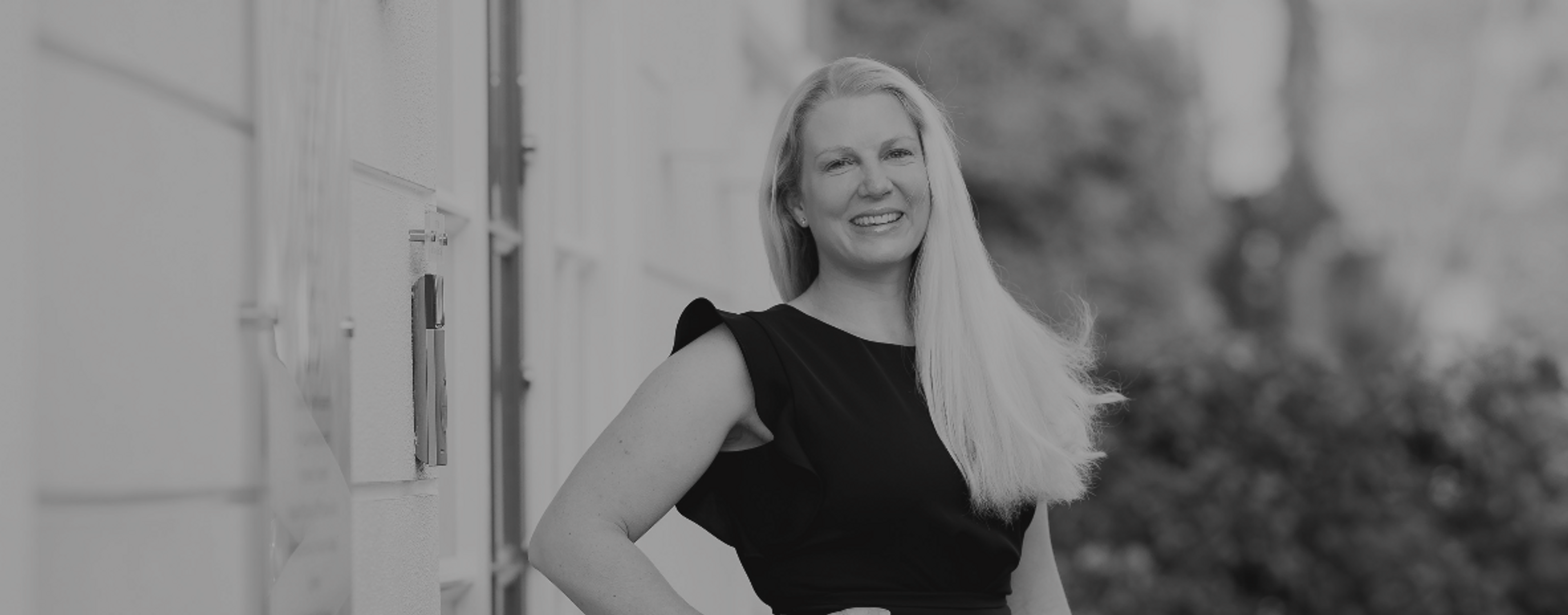Recently, I was lucky enough to chat with the wonderful Dr Anna Hemming, owner of the Thames Skin Clinic. From the army to Buckingham Palace and then into aesthetics, this practitioner has had an incredible career to date - and this only promises to continue. Read on to hear her story, plus her thoughts on the importance of creating a natural look in aesthetics.
Tell me about your amazing journey into aesthetics
Years ago, if someone had told me they had a crystal ball and could see that I’d be sitting in my own clinic, working as an aesthetic doctor - which didn’t even exist when I was at medical school - I’d have thought they were joking. But this is absolutely the perfect job for me. I was always very creative as a child - always making and designing things - and I can now combine that with my medical skills.
I was very sporty, and it was a very natural progression for me to join the army. I didn’t go to medical school to become a doctor; I went because I felt it was the right thing to do. And I really found it interesting learning about how people can break and how you put them back together again. I was also fascinated by the creative side of medicine as well as the communication side. In the army, I trained in surgery. I was in Washington DC working for the American military during 9/11, so I had a really good, honest, practical understanding of what being a surgeon would involve.
Then I came back to the UK and went into emergency medicine before becoming an anaesthetist, so that if we were in conflict and I was having to use anaesthetic drugs in the field, I’d be really comfortable with that and would be able to save more lives. That’s where I first learnt about the muscle relaxant Botox, but my interest in aesthetics didn’t come until later.
After leaving the army, I went to Fiji and learnt all about the effects of different types of skin - black skin, white skin, Fijian skin and Asian skin - in the sun, which was great. I then came back to Britain and went to live on the Channel Islands, where I continued with various hospital specialisms.
My first job as a GP was at Buckingham Palace. I worked there for 7 years, whilst also working for another GP and medical clinic, helping them set up and expand. At the same time, I started working with skin. I had eczema as a child, so there was definitely also a personal reason for my interest. It began to really grate on me that in my role as what’s regarded as a ‘proper doctor’, I wasn’t able to help people with their skin issues in the same way I am in my clinic, and that led me to where I am today.
For me, medical aesthetics puts absolutely everything I’ve ever done together. From art and creativity to making people happy in one job.
Nowadays, many people seem to want to jump on board and become an aesthetic doctor without any creativity at all, but that just doesn’t work. You have to be able to see in 3D. It’s beyond painting by numbers; you have to be able to see movement.
Why is the idea of natural treatments so important to you?
It’s important because there are so many bad treatments out there. If someone comes to my clinic for a treatment, it’s my reputation on the line. I want to treat people who want to look better but still want to be themselves. By creating very natural lifting and younger, more hydrated skin, that’s exactly what I’m doing.
I don’t want to be the injector whose patients get picked out of the crowd. I want people to notice that my patients are looking great, but have no idea why. It’s like waving a magic wand.
You have incredible skin. What’s your secret?
I have a very long history of learning about skin, for example, looking at how you can treat skin and make it healthy again, and studying and testing the products that can be used on it. I was one of the first doctors in the UK to be trained by Dr Obagi of Beverly Hills, after which I wrote a 17-page document about ZO and how you can stimulate skin to make it shine and make it healthy.
In order to get healthy skin, you do need to go on a bit of a bumpy ride, but we now have so many things in our skin tool boxes to help us, such as Profhilo and Hydrafacial, which are amazing.
What advice would you give to anyone starting out in aesthetics?
When I started out there were nowhere near as many well-developed training networks, support hubs or conferences. If you’re just starting out and want to dabble on the side, make sure you’re trained properly, you’ve got adequate insurance and that you understand your products inside out. Get the right support from your suppliers too.
If you want to make aesthetics your primary profession, there are plenty of MScs you can do, such as Aesthetic Medicine or Dermatology, or you can train to Level 7. There’s no quick win; it’s hard work. There are lots of people wanting to do the same thing. Everyone wants a piece of the action.
Don’t be pushed into working for someone else if that’s not what you want. Go and look for an associate job in another practice. Get some experience in central London, where people have very different shopping lists to elsewhere in the UK.

